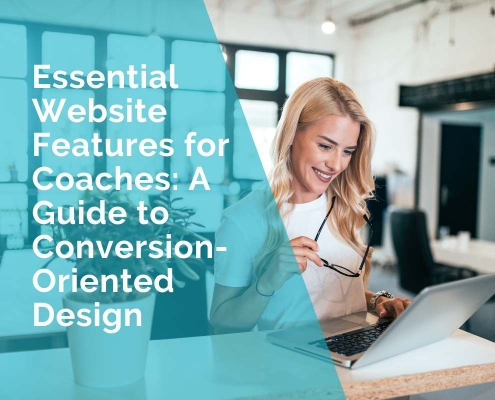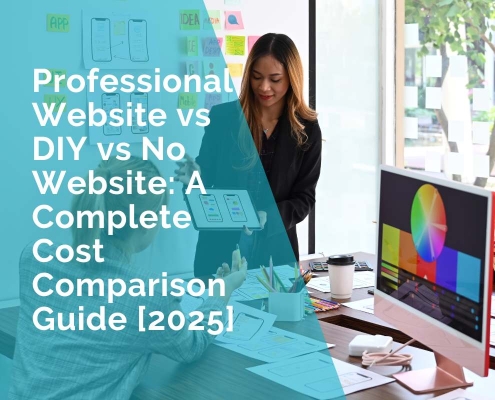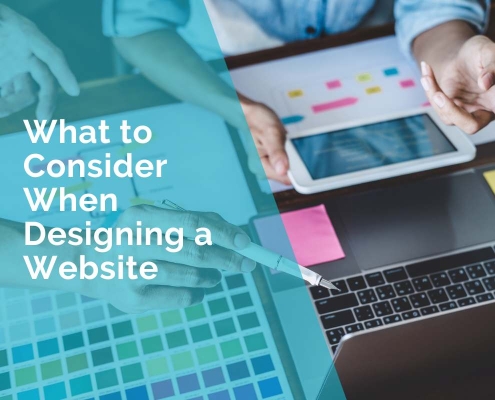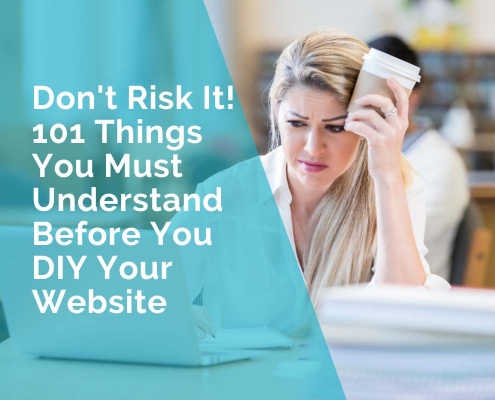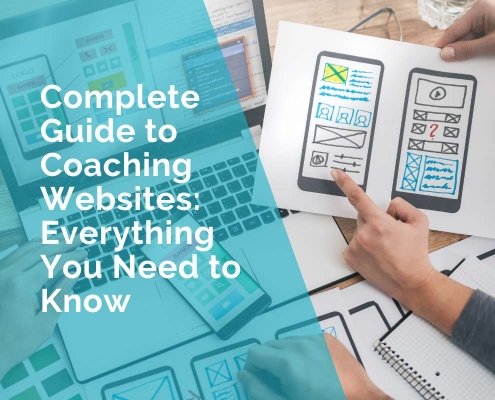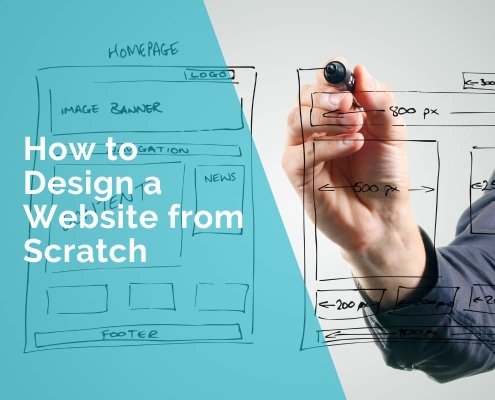Designing Effective Landing Pages for Wellness Campaigns
Designing an effective landing page for a wellness campaign can be a bit of a rollercoaster. You want to grab attention, connect emotionally, and convince visitors to take action—whether it’s signing up for a yoga retreat, trying out a meditation app, or maybe even purchasing fitness products.
So, if you want to figure out how to design a landing page that actually works for your wellness campaign, let’s dive into some practical tips. We’re talking about understanding your audience, crafting killer headlines, visuals that don’t just look good but feel right, and all the other little details that can make or break your page.
Know Your Audience Inside and Out
I know everyone says this, but it can’t be overstated: understanding your audience is everything. And if you think all self care audiences are the same, you’re in for a rude awakening. You’ve got your hardcore fitness fanatics, your mindfulness gurus, your organic-only-eaters—each group is looking for something different, and the way you present your product or service has to speak their language.
One time, I created a landing page for a campaign promoting supplements. I thought I’d nailed it. The page had great images of happy, healthy people and catchy headlines like, “Stay Young, Stay Energized!” But my bounce rate was through the roof, and conversions were practically non-existent. After some digging, I realized my page was too generic. I wasn’t addressing the specific concerns of people who were looking for wellness solutions. They wanted science-backed results, data on how the product worked, and testimonials from real users. So, I revamped the page with more detailed information, threw in some compelling stats, and suddenly my conversions jumped. Lesson learned: don’t assume you know your audience—do your homework.
Crafting Headlines That Stick
Now, about those headlines. They’re your first impression, and we all know how important those are. When someone lands on your page, they’re deciding in seconds whether to keep scrolling or hit that back button. So your headline has to be clear, compelling, and make them want to stick around.
I’m a big believer in keeping it simple—but not boring. For mindfulness campaigns, especially, your headline should immediately tell the visitor how your product or service will make their life better. For example, if you’re running a campaign for an online meditation course, try something like, “Calm Your Mind in Just 10 Minutes a Day.” It’s direct, but it speaks to a benefit that people are looking for—peace and calm in a hectic world.
Don’t try to be too clever and come up with artsy, abstract headlines. Keep it straightforward: tell them what they’ll get and why it’s valuable to them. Sure, throw in a little creativity if it fits your brand, but don’t get too fancy. Clarity trumps cleverness every time.
Visuals That Do the Heavy Lifting
In the wellness space, your images and videos are doing a lot of the talking for you. You’re promoting health, relaxation, vitality—things that are deeply emotional and personal. So your visuals need to reflect that. If your landing page feels cold or sterile, no one’s going to connect with it.
I learned this the hard way when I was working on a wellness page for a fitness program. I had these images of sleek, modern gyms and high-energy workouts, thinking they’d scream “motivation.” But the problem? The audience I was targeting wasn’t hardcore athletes—they were everyday people just trying to get healthier. What they really wanted was approachability. So I swapped out the gym photos for more relatable images—think people jogging through the park or doing yoga at home with their dog—and added some softer, calming colours. It made a huge difference. Visitors spent more time on the page, and my signup rates increased.
Video is your best friend. When people are deciding whether to sign up for a service or buy a product, for example, they want to know what it’s all about before they commit. A short, authentic video can do wonders. Show people how they’ll use your product or service and what results they can expect. Keep it light, keep it real, and focus on the benefits.
Calls to Action That Don’t Feel Pushy
The tricky thing with marketing campaigns is that you want people to take action—sign up, buy the product, whatever it is—but you don’t want to come across as too pushy. Wellness is all about balance, after all.
I’ve found that soft, encouraging CTAs tend to work best. Instead of saying “Buy Now!” try something like, “Start Your Wellness Journey Today” or “Feel the Difference with Our Free Trial.” It’s still clear and direct, but it’s also inviting and fits the tone of your campaign.
One thing I see people struggle with was placement. They either have too many CTAs—every other section was shouting “Click here!”—or not enough. A good rule of thumb is to have a primary CTA near the top of the page, one in the middle, and one at the end. That way, people have plenty of opportunities to take action without feeling overwhelmed.
Focus on Benefits, Not Features
This was a game-changer for me: focus on benefits, not features. When I first started creating landing pages, I’d get all caught up in listing out the features of the product or service. But people don’t care about features—they care about what those features will do for them.
Take NMN capsules, for example. Don’t just say, “Our NMN capsules contain xxx.” That doesn’t mean anything to the customer? Instead, say, “Boost your energy levels and support healthy aging with our NMN capsules.” That’s what people care about—they want to feel better, live longer, and have more vitality.
Whenever I’m writing copy for a landing page now, I try to always ask myself, “So what?” If I say a feature, I ask, “So what does that mean for the person reading this?” It’s a small mindset shift, but it makes a big difference in how persuasive your page is.
Make It Mobile-Friendly
Okay, this one’s non-negotiable. Your landing page has to be mobile-friendly. Seriously, if your page isn’t optimized for mobile, you’re losing out on a huge chunk of your audience. Wellness consumers, especially, are always on the go—they’re checking their phones during a workout, in between meetings, or while waiting for their smoothie to be made.
I once had a client who came to me with a beautifully designed landing page that looked amazing on desktop but was a complete nightmare on mobile. The text was too small, images were getting cut off, and the CTAs were impossible to click on without zooming in. Needless to say, the client’s mobile conversions were abysmal. After optimizing the page for mobile—making the buttons bigger, simplifying the layout, and ensuring the page loaded quickly—his conversions shot up. Always test your landing page on mobile before it goes live.
Keep It Simple and Clean
This might sound obvious, but it’s easy to forget when you’re deep in the design process: keep things simple. In wellness, people are looking for a sense of calm and clarity, not chaos. If your page is cluttered with too many elements—text, images, buttons, animations—it’s going to overwhelm visitors, and they’ll bounce.
One mistake I see people make is trying to fit too much information on the page. They figure more info would answer all of the visitor’s questions, but it ends up being too much to digest in one go. Instead focus on keeping the design clean and the messaging clear. Stick to one main message per section, and I make sure there’s plenty of white space to give everything room to breathe.
Conclusion
Designing an effective landing page for a wellness campaign is all about striking the right balance between engaging design and purposeful content. You’ve got to know your audience, craft clear and compelling headlines, and create visuals that speak to their needs. Keep your CTAs soft but actionable, focus on benefits over features, and make sure your page is optimized for mobile. Above all, keep it simple—wellness is all about clarity and peace, and your landing page should reflect that. With these tips, you’ll be well on your way to creating a landing page that not only looks great but converts like a charm.
***
WP



